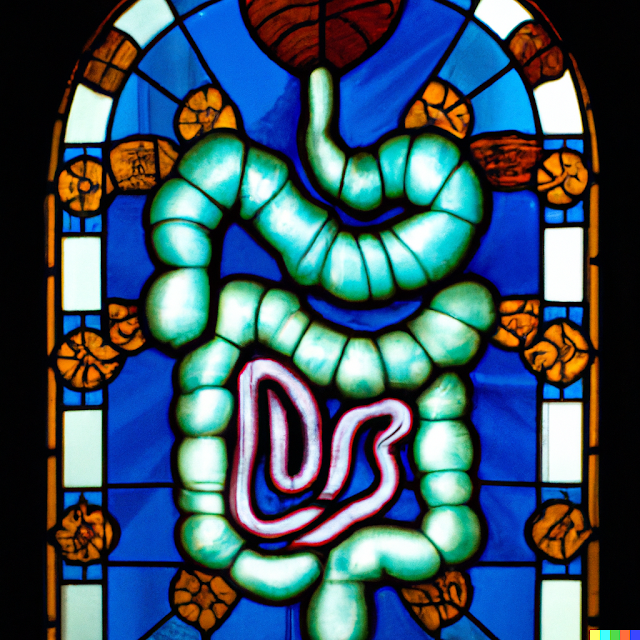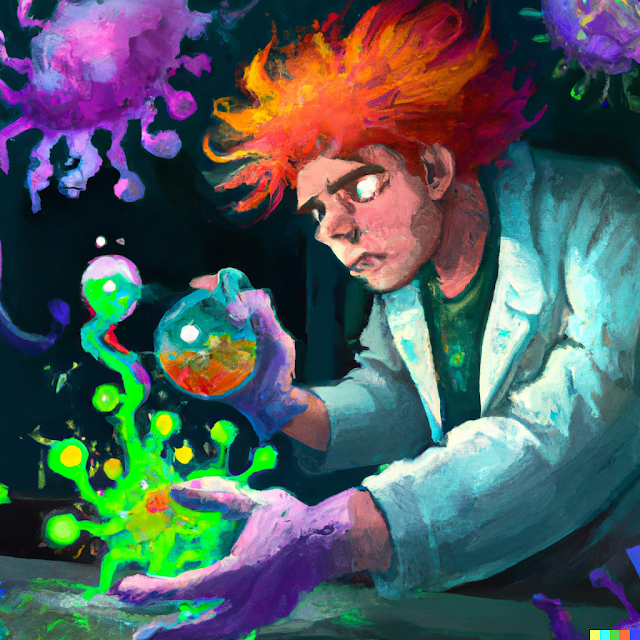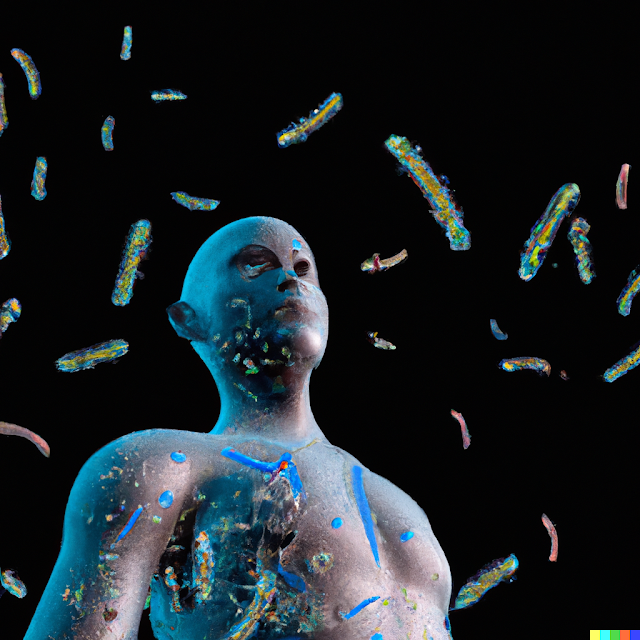Coffee
I'm asked often, Do you drink Coffee? With looks of anticipated dissatisfaction. After the first month of the elimination diet, I began adding tea, and ultimately coffee back to my diet. My experience has been that coffee increases my gut motility (digestion) and it makes me feel good. I read a study (cite) that reported drinking black tea was good for diarrhea, while it made me happy, there was no change in my stools after a few weeks. So, I upgraded to coffee, and had no increased symptoms. What do a few studies about coffee, pro and con say? sets tone: Despite in vitro, in vivo, and epidemiological studies having shown that coffee may exert multiple effects on the digestive tract, including antioxidant, anti-inflammatory, and antiproliferative effects on the mucosa, and pro-motility effects on the external muscle layers, much is still surprisingly unknown. However, in high contrast with what is known for other body systems and functions (i.e., cardiovascular ...



